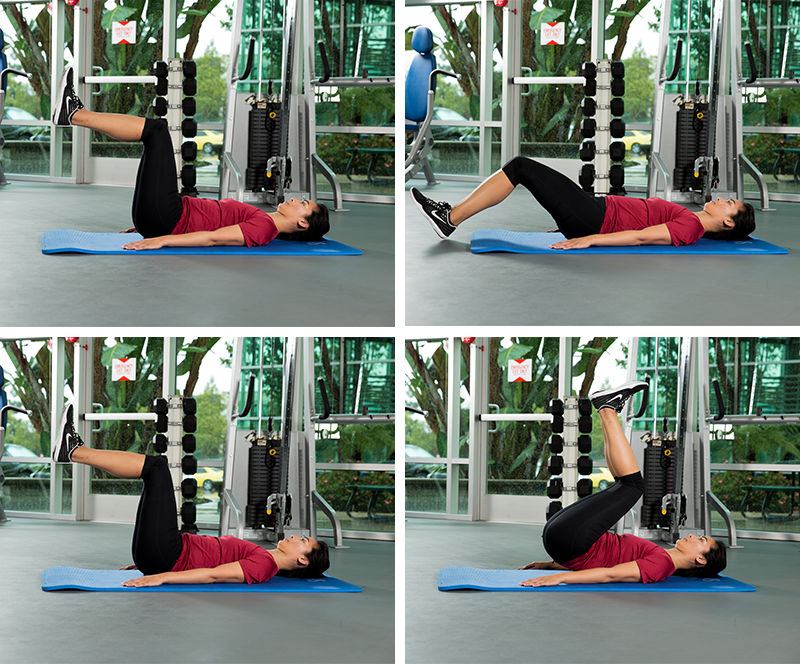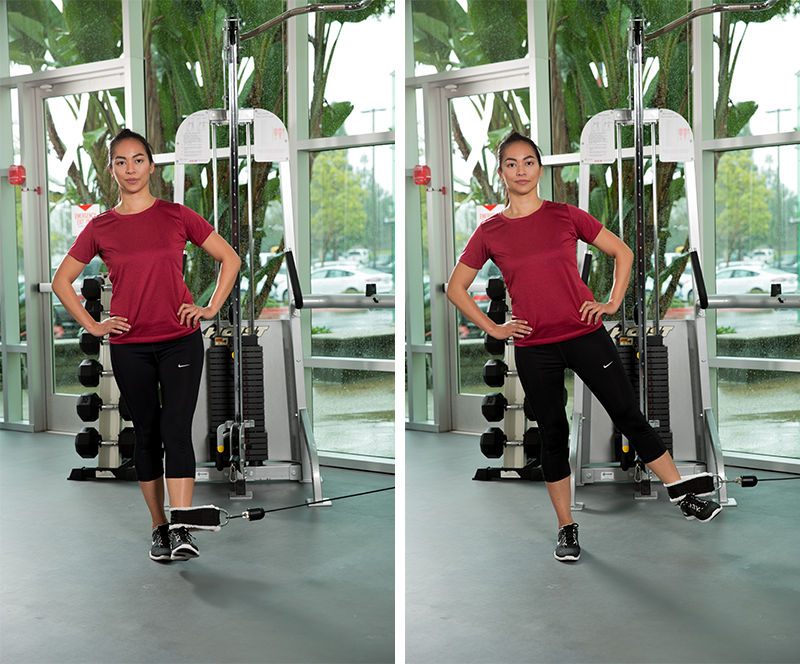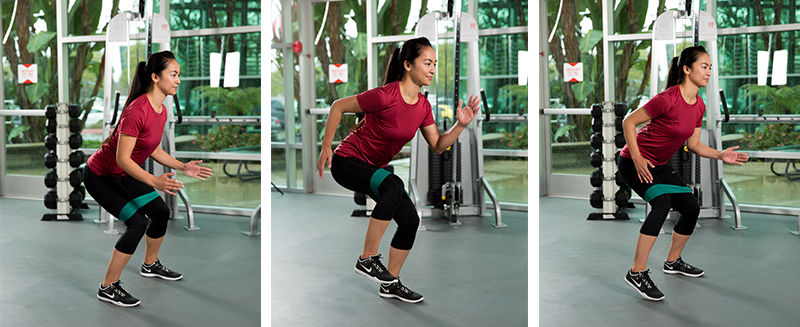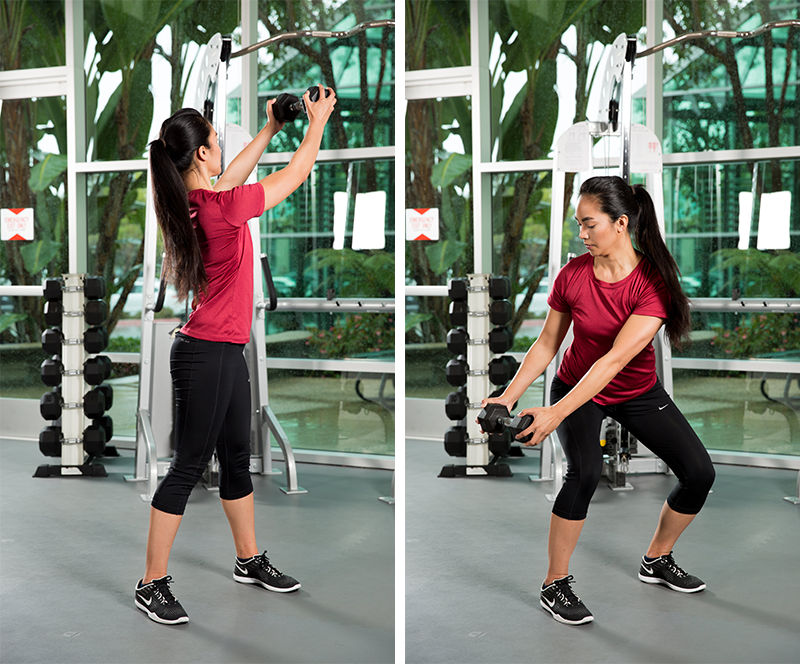The fitness industry is forever changing. Walk into any storage closet in a gym, or even your home, and you’ll surely find a piece of equipment or DVD that is no longer considered an effective tool in the training world. As we evolve in the industry and become more knowledgeable about current scientific studies and theories, we need to constantly be re-evaluating the exercises we have our clients perform.
To determine if a particular exercise is the best option, consider the following:
- Is the exercise done in a way that best utilizes the muscle/muscle group? Think about which muscle groups are causing the action, which ones are resisting and which ones are acting as stabilizers. Having an understanding of joint action and muscular anatomy is vital to making sure your program design is safe and meaningful for a client’s individual body type.
- Is the risk-to-reward ratio high? Is this exercise hard for the sake of being hard or does it serve a purpose in the client’s training program. Could it potentially injure the client? If a client asks you why they are doing a snatch, 360-degree jump turn, off-set push-up, you better be able to explain how this move will keep him or her injury free and build functional strength!
Here are three common exercises that are outdated and should be removed from your programs. The good news is that there are more effective ways to do them.
1. Hanging Straight Leg Lifts
In this exercise your hip flexors, especially your psoas, are causing the movement. As fatigue sets in, this muscle will become weak and cause undo stress on the lumbar spine. There’s no doubt the abdominals are contracted, but it’s done in an isometric state. To concentrically contract the abdominals, the spine must flex. A great alternative that works spine stability and mobility, engages the transverse abdominis and also gets into the lower segment of the abdominals is the Dead Bug to Reverse Crunch.

2. Inner Thigh Machine (Hip Adduction)
This is another example of a movement that is not utilizing the muscle to the best of its ability. Other than sitting and crossing your legs, there’s no another time when you would be seated and utilizing these muscles in this fashion. To replicate real life, you can use an ankle strap and pulley and perform standing hip adduction, as if you were kicking a ball with the inside of foot or pushing a box across the floor with your foot. In the new standing position, you are activating more of your glutes and trunk muscles.

The outer thigh variation of this exercise is just a bad (hip abduction). In this position, the abductors do not have a chance to fire 100% because the glutes are not activated to their greatest potential. In addition, the hip is limited in its range of motion. A more effective variation: lateral monster walks.

3. Seated Wood Chop
Like the previous exercises, this one also isn’t the most efficient way to move. While the thoracic spine and obliques allow for rotation, they are isolated in the seated position. If we think about how our bodies move though the kinetic chain, we know that the hips and thoracic spine are mobile joints. This seated position takes away the ability to recruit the muscles that act on the hip, thus limiting the full potential of the exercise. In addition, the risk-to-reward ratio is high because the rotation and force from the swing of the arms in a seated position can overload the lumbar spine.
A better option is a standing woodchop with a dumbbell or performed on a cable machine. This full-body integration creates a common movement pattern that supports proper rotation.

When programming your client’s next workout, be sure to reevaluate each exercise to determine if it’s the best movement for that individual.
ACE’s Personal Trainer Certification is backed by 30 years of science-based research. Learn more.




 by
by 










 by
by